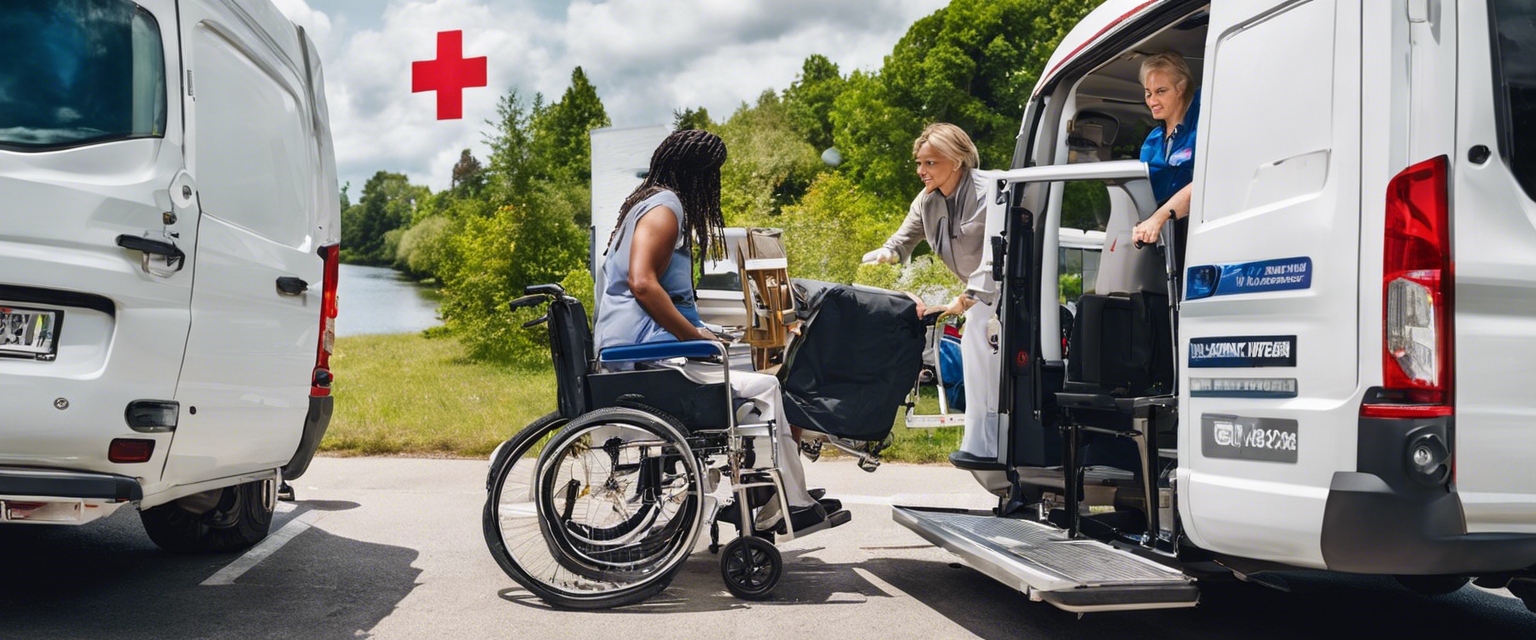5 tips for comfortable wheelchair transport
Transportation is a critical aspect of daily life, especially for individuals with mobility impairments. Ensuring a comfortable journey is not just about convenience; it's about dignity, safety, and health. In this blog post, we'll explore five essential tips for comfortable wheelchair transport, a service that KA&M HAIGETE TRANSPORT OÜ prides itself on providing.
Understanding the Importance of Comfortable Wheelchair Transport
Comfort during transport can significantly affect a person's physical and mental health. A smooth and stress-free ride can prevent potential injuries and reduce anxiety, making the experience much more pleasant for passengers with mobility challenges.
When it comes to wheelchair transport, several factors come into play, such as the type of vehicle, securement of the wheelchair, seating comfort, driving techniques, and the overall environment within the vehicle. Addressing these factors can make a substantial difference in the quality of transport provided.
Tip 1: Choosing the Right Wheelchair Accessible Vehicle (WAV)
Selecting a WAV with the right features is crucial. It should have a ramp or lift for easy access, ample space for maneuvering, and be well-maintained to ensure reliability and safety.
The vehicle must offer enough space for the wheelchair to be easily positioned and maneuvered. This not only aids in securement but also contributes to the passenger's comfort.
Tip 2: Securing the Wheelchair Properly
Properly securing the wheelchair using tie-downs and restraint systems is non-negotiable. It prevents movement during transit, reducing the risk of injury.
Drivers and assistants should be well-trained in the latest securement techniques to ensure that wheelchairs are fastened safely and efficiently.
Tip 3: Prioritizing Comfort with Proper Seating and Support
Comfortable seating is vital. Customized cushions and back supports can help prevent pressure sores and enhance the passenger's comfort during the journey.
Adjustments to the wheelchair for proper posture and pressure relief are important for longer trips to ensure the passenger's comfort and well-being.
Tip 4: Smooth and Safe Driving Techniques
Drivers should be trained in safe and smooth driving techniques that cater to the needs of passengers who may be more sensitive to sudden movements or jolts.
Planning routes to avoid poor road conditions and employing defensive driving strategies can significantly improve the comfort level of the transport experience.
Tip 5: Providing a Stress-Free Environment
Effective communication with passengers to understand their needs and preferences is essential for a stress-free experience.
Providing amenities such as adjustable climate control, privacy features, and soothing music can contribute to a more comfortable and relaxing journey.






Comments (0)